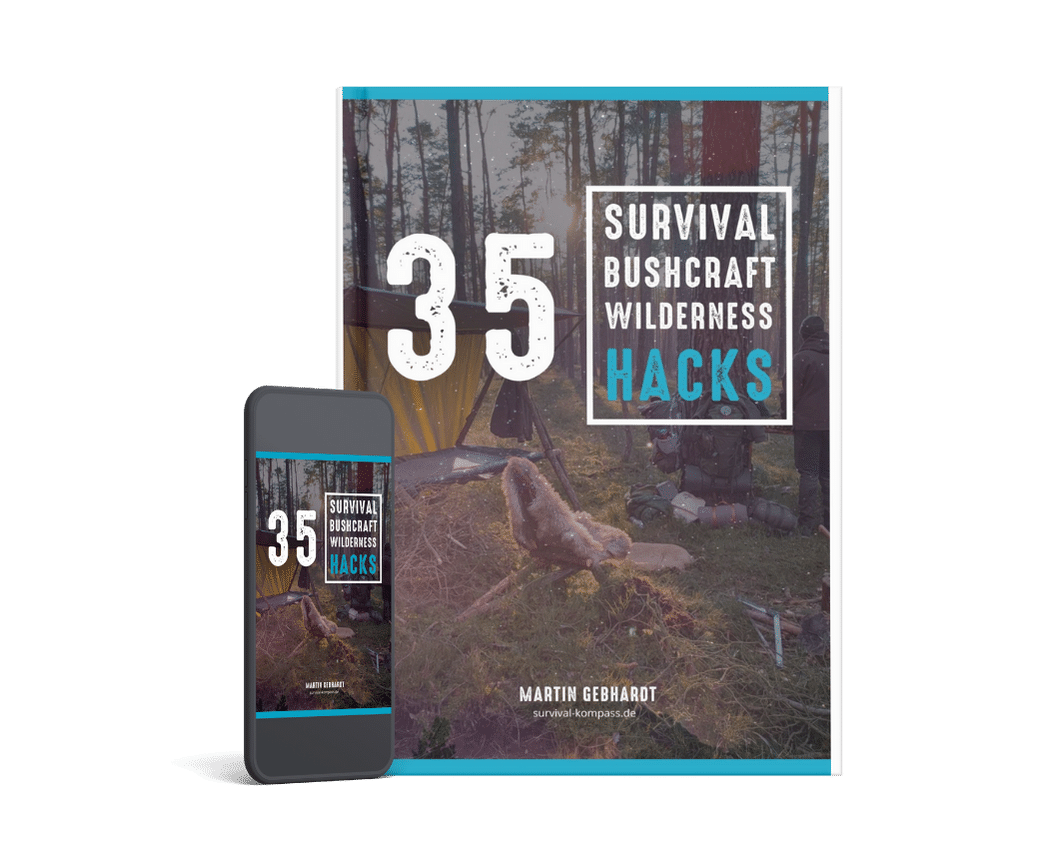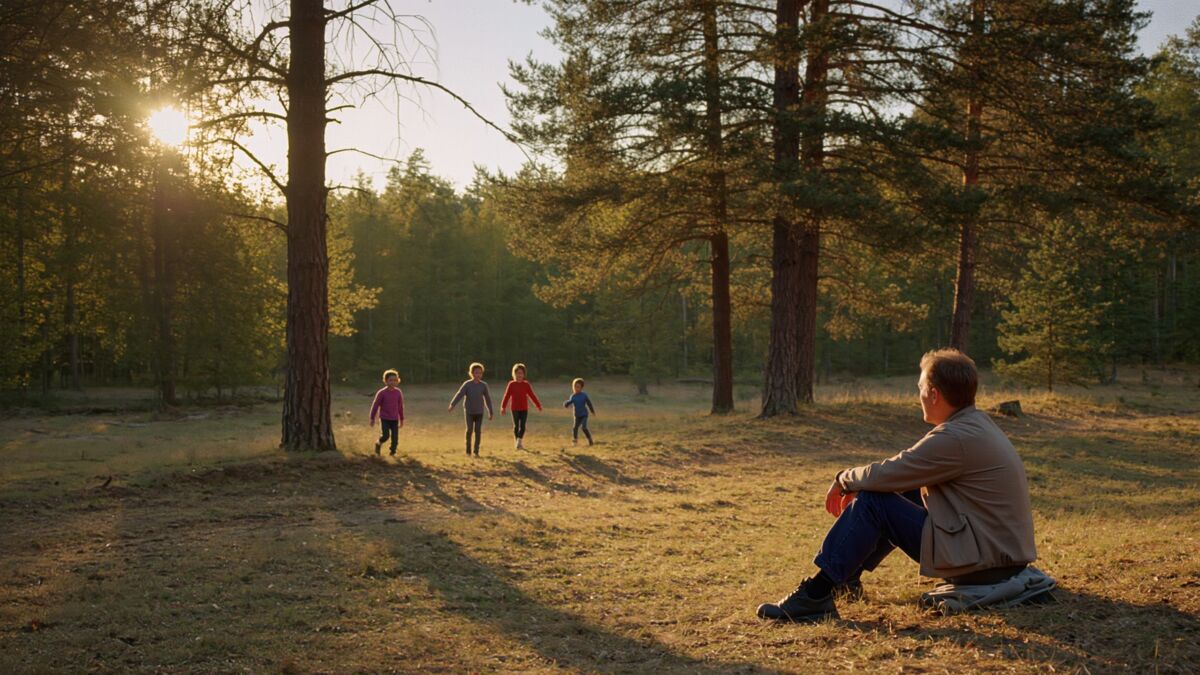
Plan less, experience more: Why your forest day gets better with less agenda
👉 The key facts from this guide
- Children in the forest primarily need space, not a program – time to follow their own impulses and discover for themselves.
- The difference between accompanying and entertaining: Being present is more valuable than tightly scheduled activities.
- We take something away from children when we plan, explain, or "offer" too much – their self-efficacy and creativity develop in free play.
- The most valuable moments often arise unplanned: A beetle, a stick, or a self-built fox den are real learning experiences.
- Three levels of intervention: Immediately for safety, reservedly for support, consciously for impulses.
- When we stop having to constantly "do" something, we relax – and the children feel our genuine presence.
- The impulse: Plan your next forest day with less structure and observe what emerges on its own.
You're standing in the forest. Three activities prepared. Five tree species in your head. Materials for a carving project in your backpack. The children jump out of the car – and are gone within two minutes.
Not far. But in their own world.
One is climbing on a fallen tree. Another finds "the perfect stick." Two are standing fascinated in front of a tree stump, staring at something you can't see.
And you? You're standing there with your plan.
In this exact moment, the decision is made whether you are accompanying children – or entertaining them.
The perfectly planned forest day
We want to do everything right when we're outside.
We plan the perfect forest day.
Have three activities prepared.
Know the names of five trees.
Have materials with us for a carving project.
And a story in our heads that we want to tell by the fire.
We mean well.
We want to give the children something to take with them.
Show them nature.
Impart knowledge to them.
Give them experiences.
But do you know what I've come to understand more and more in recent years?
Often, in doing so, we take away exactly what they really need.
What happened on a Saturday in spring
I remember a Saturday in spring. I was running a course with families. Parents with their children. We wanted to spend a day in the forest together.
I had prepared everything. An agenda in my head.
First stop: We look at tree buds.
Second stop: We look for animal tracks.
Third stop: We build a small shelter together.
Sounds good, right?
We arrived in the forest. The children jumped out of the cars. And within two minutes, they were gone.
Not far away. But they were in their own world.
One girl discovered a fallen tree and climbed on it. A boy found a stick – the perfect stick, as he said – and swung it like a sword. Two other children stood at a tree stump, looking fascinated at something I couldn't see.
And I stood there with my plan.
I felt this inner pressure:
"Come on, Martin. Start. You've prepared something. The parents are expecting something from you. They paid for this."
But then I did something that wasn't easy for me: I put my plan away.
I went over to the two children at the tree stump. Crouched down with them. And asked: "What have you discovered there?"
They showed me a beetle. A small, black beetle, crawling slowly over the bark.
"Look how it walks," said one boy. "It has such weird legs."
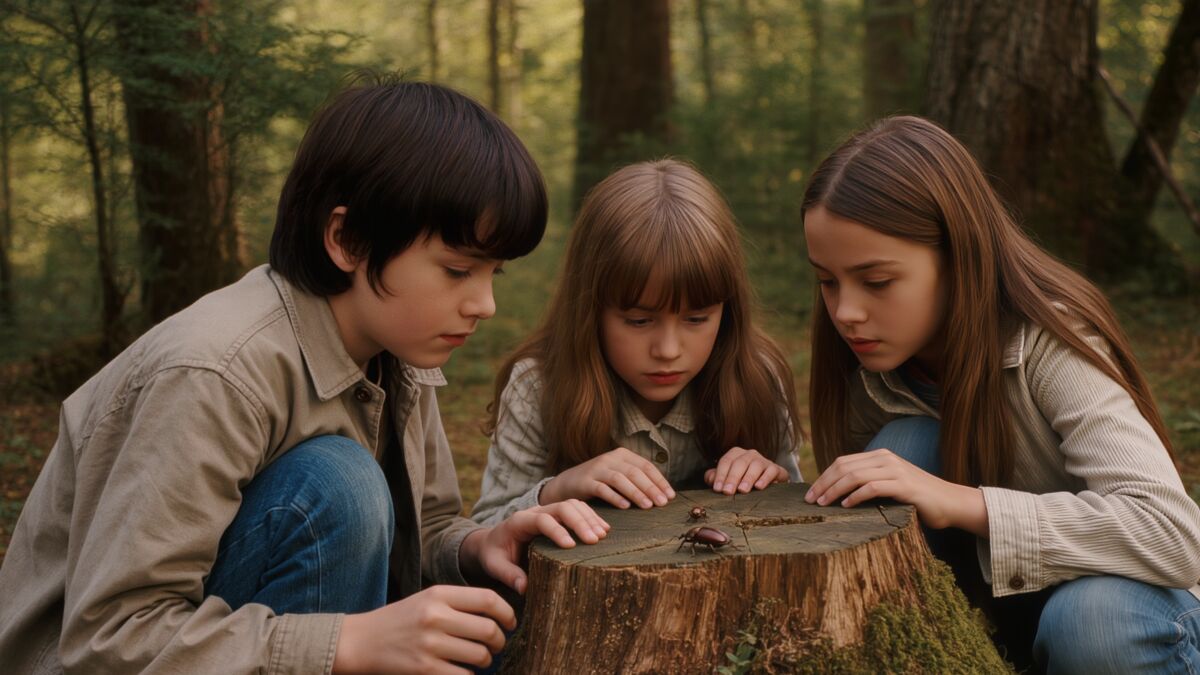
And then we watched this beetle together. For ten minutes. Fifteen minutes.
We watched how it walked over the bark. How it disappeared into a crack. How it came out again.
The children asked questions.
Made assumptions.
Laughed when the beetle crawled over a finger.
And you know what? That was the moment of the day.
Not the tree buds we could have looked at.
Not the animal tracks we could have looked for.
Not the shelter we could have built.
But this beetle.
Because the children found it.
Because they were curious.
Because they had time to just watch.
What we take away when we give too much
And that's exactly the point.
We take something away from children when we plan too much.
When we explain too much.
When we "offer" too much.
We take away their time.
Time to just be.
Time to discover for themselves.
Time to follow their own impulses.
Children in the forest don't need constant input. They don't need a new activity every five minutes. They don't need us to explain every tree and interpret every track.
What they need is space.
Space to unfold their own curiosity.
Space to play.
Space to just be there.
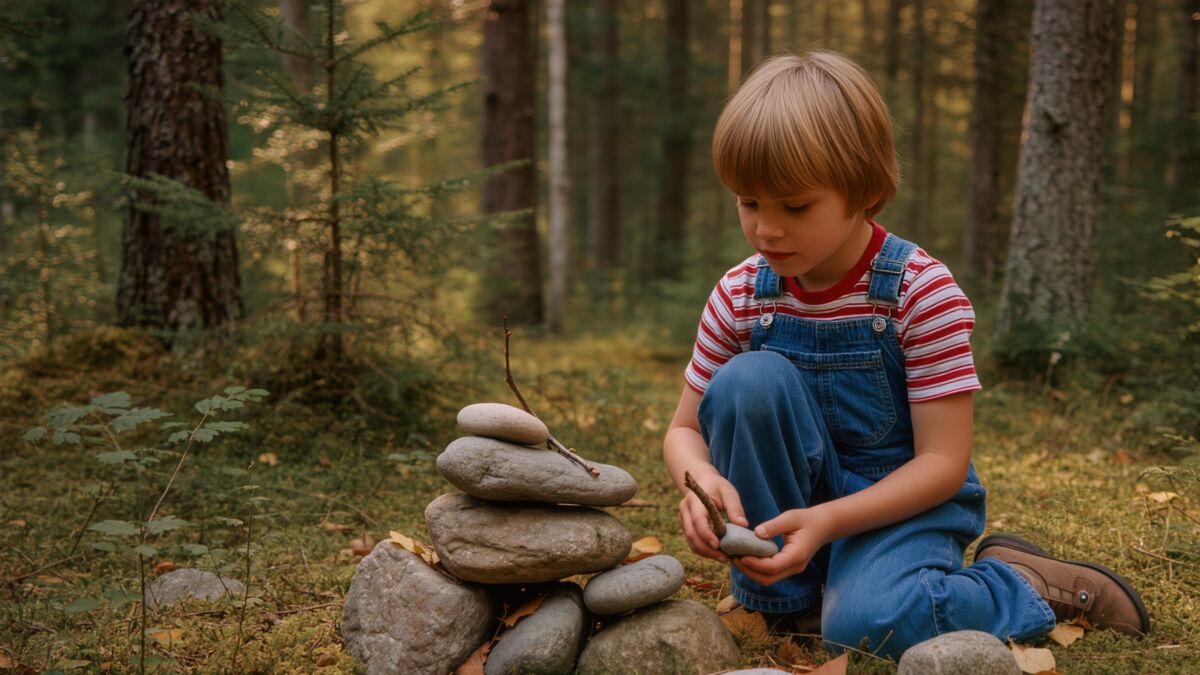
And they need someone who is there.
Who is present. Who is attentive. Who sees what is happening right now.
But not someone who constantly wants something.
Who constantly has an agenda.
Who constantly has the next program item in their head.
That is the difference between accompanying and entertaining.
Entertaining means:
I have a plan.
I lead the way.
I make sure boredom doesn't set in.
I am the entertainer.
Accompanying means:
I am there.
I see what happens.
I follow the children's impulses.
I give space.
And if it's necessary, I give an impulse – but only then.
Why this is so difficult for us
But why do we find this so difficult?
I believe it has several reasons.
First: We are not used to it.
We live in a world where something always has to be happening. Where idle time is considered waste. Where we are constantly supposed to be productive.
And we take this attitude with us into the forest.
We think:
If nothing happens, the day wasn't good. If the children "only" play, they haven't learned anything.
But that's not true.
It is precisely in free play, in self-determined discovery, that children learn the most. Not facts.
But something much more important: Self-confidence. Creativity. The ability to make decisions themselves.
Second: We are afraid of being judged.
When we are out with a group – as an educator, as a course leader – we feel the expectation.
The parents have paid. They want their children to experience something. To learn something. To come home and say: "That was great!"
And we think: That only happens if I offer something. If I have a full program schedule. If I introduce new things.
But that's not true either.
The best stories children bring home are often the ones that weren't planned. The beetle. The stick. The fallen tree.
Third: We want to help.
We want to make it easier for the children.
We want to show them the way.
We want them to have quick successes.
And that's why we intervene.
Explain. Help. Give tips.
But sometimes – not always, but sometimes – that is exactly the problem.
Because we take away their opportunity to find out for themselves.
To discover for themselves. To fail for themselves. To find a way for themselves.
The difference between doing nothing and being there
Now one could say: "Okay, Martin. But if I do nothing – what is my role then?"
And that is a valid question.
It's not about doing nothing.
It's not about just leaving the children to their own devices and sitting on a bench looking at your phone.
It's about something else: About being present.

This means:
You are attentive.
You see what is happening.
You perceive where the energy is.
Where the curiosity is.
Where a conflict might be arising or someone needs support.
You are ready to intervene – if it is necessary.
When it's about safety.
When someone really needs help.
When a situation escalates.
But you are also ready to step back.
To wait. To see what happens.
That is an art. A practice.
And I say quite honestly: I am still practicing this.
But the more I do it, the more I see how valuable it is.
What really happens when we give space
Let me give you another example.
I once had a group of children – between seven and ten years old. We were in the forest. And at some point, two boys started collecting sticks.
They laid the sticks on the ground in a circle.
And then they began to collect more sticks. And more. And more.
I stood by and watched. Wondered: What are they doing?
After a while, other children joined in. Asked: "What are you building?"
The boys answered: "A house. For a fox."
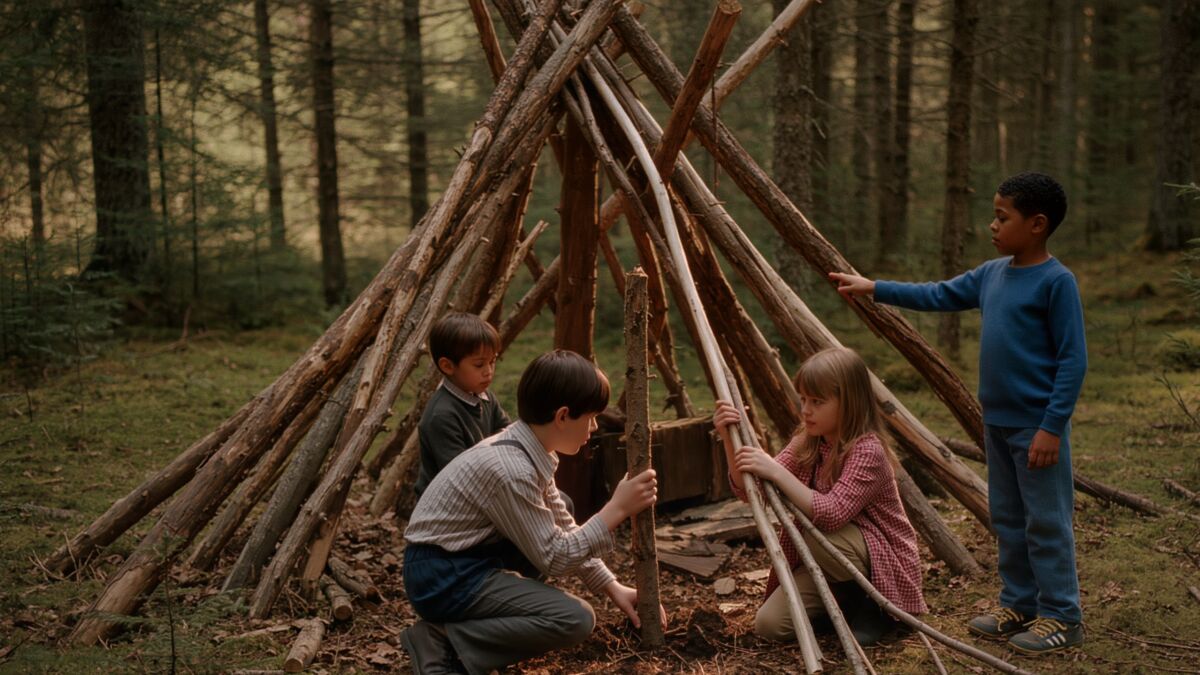
And then they all built together. They piled the sticks higher and higher. Discussed what the walls should be like. Where the entrance must be. Whether the roof was stable enough.
A real collaboration emerged.
Without me having said anything.
Without me having given an impulse.
The idea came from the children. The implementation too. The solution to the problems – for example, that the walls kept falling over – also.
And in the end, they had created something they were incredibly proud of.
If I had said at that moment: "Come on, let's look at the tree bark now" – this experience would not have happened.
If I had said: "Let me show you how to build a stable shelter" – they could not have learned for themselves.
But because I gave space, something real emerged.
The three levels on which we can intervene
Now I want to clarify something.
Because it's not about never intervening. It's about consciously deciding when and how.
I distinguish between three levels:
First level: Safety
When it comes to safety, I intervene immediately. Clearly. Directly.
When a child wants to put something poisonous in their mouth.
When someone steps on a rotten branch.
When a conflict turns violent.
There is no discussion.
There I am clear. There I am an adult with responsibility.
Second level: Support
When a child is frustrated. When someone is stuck. When a group has gotten deadlocked.
Then I can give an impulse.
Ask a question.
Offer an idea.
But I wait first. I see if they can manage it themselves. And if not, then I am there.
Third level: Impulse
And then there are moments when I notice: Now an impulse from me could deepen the experience.
For example, when the children are sitting by the fire and become quiet.
Then I can tell a story.
Or ask a question.
Or simply start a song.
But this too: Only if the moment is right. Only if I feel that they are open to it.
Not because I want to push through my plan.
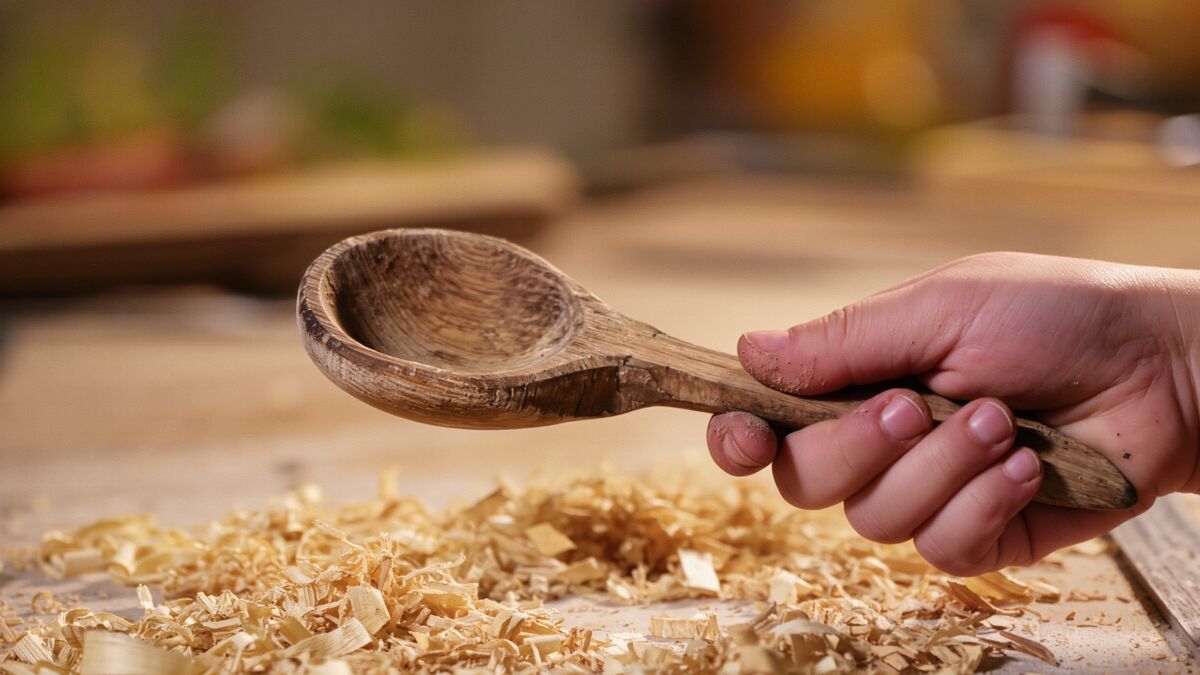
Read also
Making fire with children: Tips for a successful campfire – Making fire with children: Checklist and safe handling at the campfire for an unforgettable adventure!
What this does to us
And do you know what the crazy thing is?
When we stop having to constantly "do" something, then we relax too.
We are no longer the entertainer.
We are no longer under pressure.
We become a lighthouse.
We can also just be there.
Can feel the forest ourselves.
Can breathe a sigh of relief.
And the children notice that.
They sense whether we are stressed.
Whether we have an agenda.
Whether we actually want to be somewhere else right now.
Or whether we are really present. Really there. Really with them.
And when we are – then they can be too.
Read also
15 Forest Games That Your Children Are Guaranteed to Have Fun With in the Forest – What if your children never get bored in the forest and get to know nature? With these 15 forest games, your children will definitely have fun.
The impulse for you
So, here is my impulse for you:
Plan your next forest day with less.
Decide to give only one impulse. Or even none at all. Or just less.
Just say: "We are here for two hours now. See what you discover."
And then: Hold back.
Be there. Be attentive.
Be ready to intervene if it's necessary.
But leave the children the space to discover for themselves.
To play for themselves. To be themselves.
And observe what happens.
I promise you: You will be surprised.
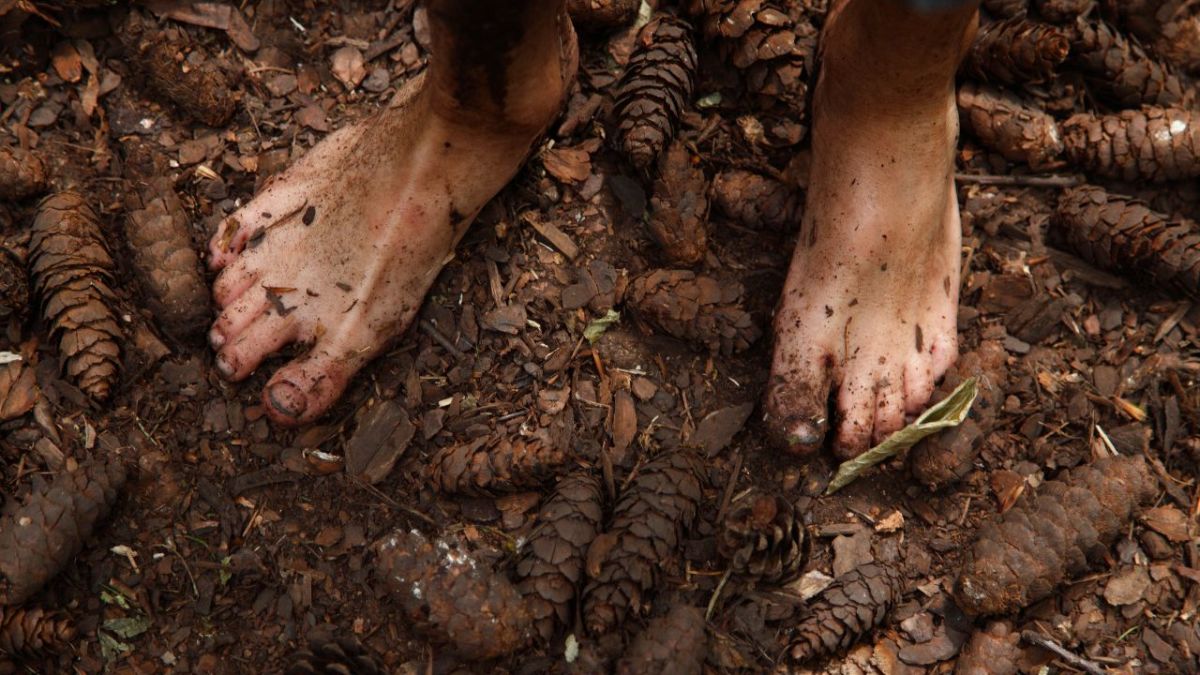
Not because you planned something great. But because you gave space for what wants to emerge on its own.
That is nature connection.
Not the program. But the space.
PS: Always keep in mind: It happens that not everything runs perfectly. Some children need a lot of time to cope with the situation. They are bored. They are frustrated. They only know Reels and TikTok. Give them the time, be there. Be the lighthouse and provide orientation.

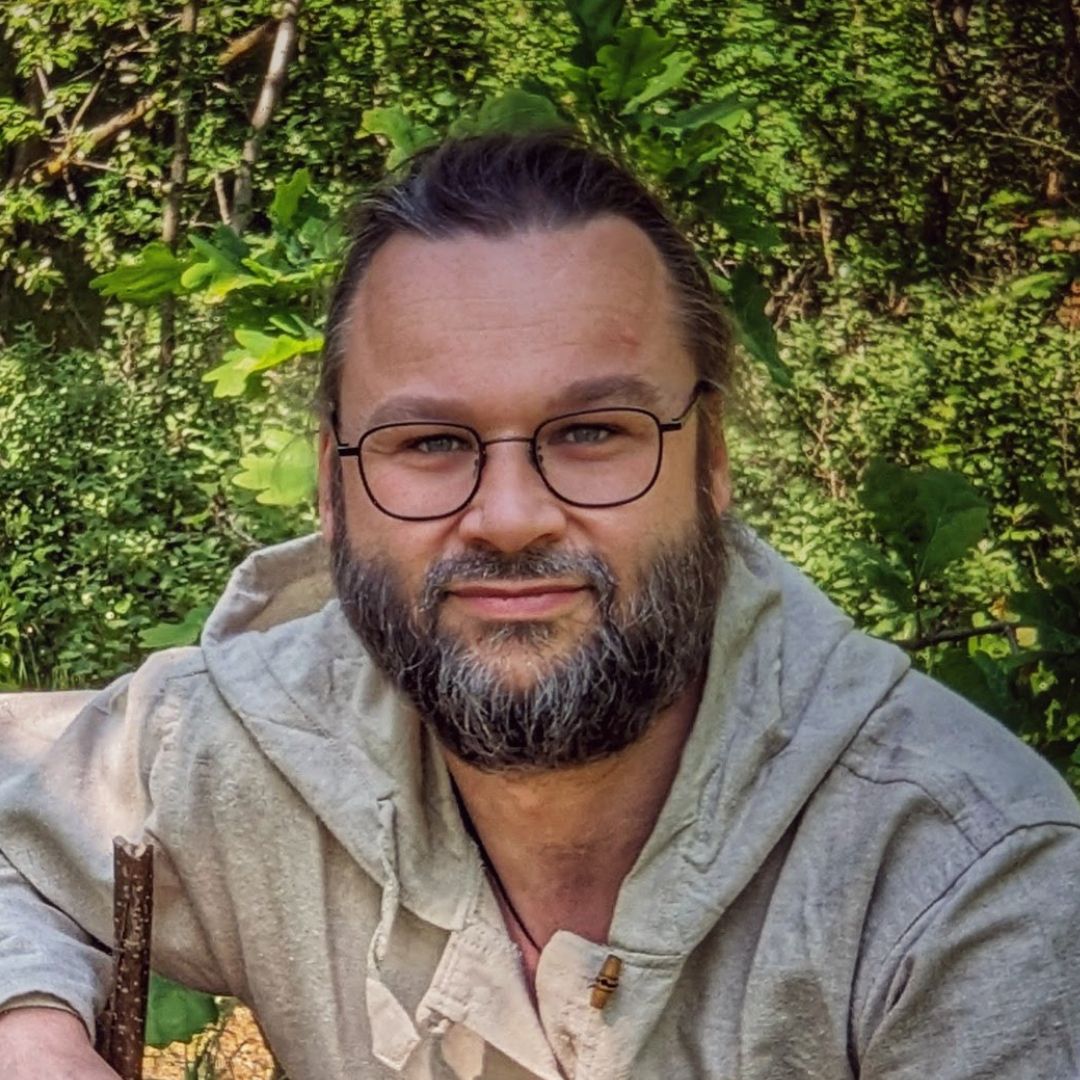
Author of the guide
Martin Gebhardt
Hey, I'm Martin. On my blog, you will learn the basics and numerous details about living in the wild. I think survival, bushcraft and the good life in nature are the keys to happiness. Find me here on Instagram or on YouTube. You can find more about my mission on the About Me page.
Was this guide helpful?
11 people found this guide helpful.
5.00 out of 5 points (11 Ratings)
Comments (0)
This post may contain affiliate links. So if you click on the links and make a purchase, I will receive a small commission at no additional cost to you. Click here, to learn more about it.


